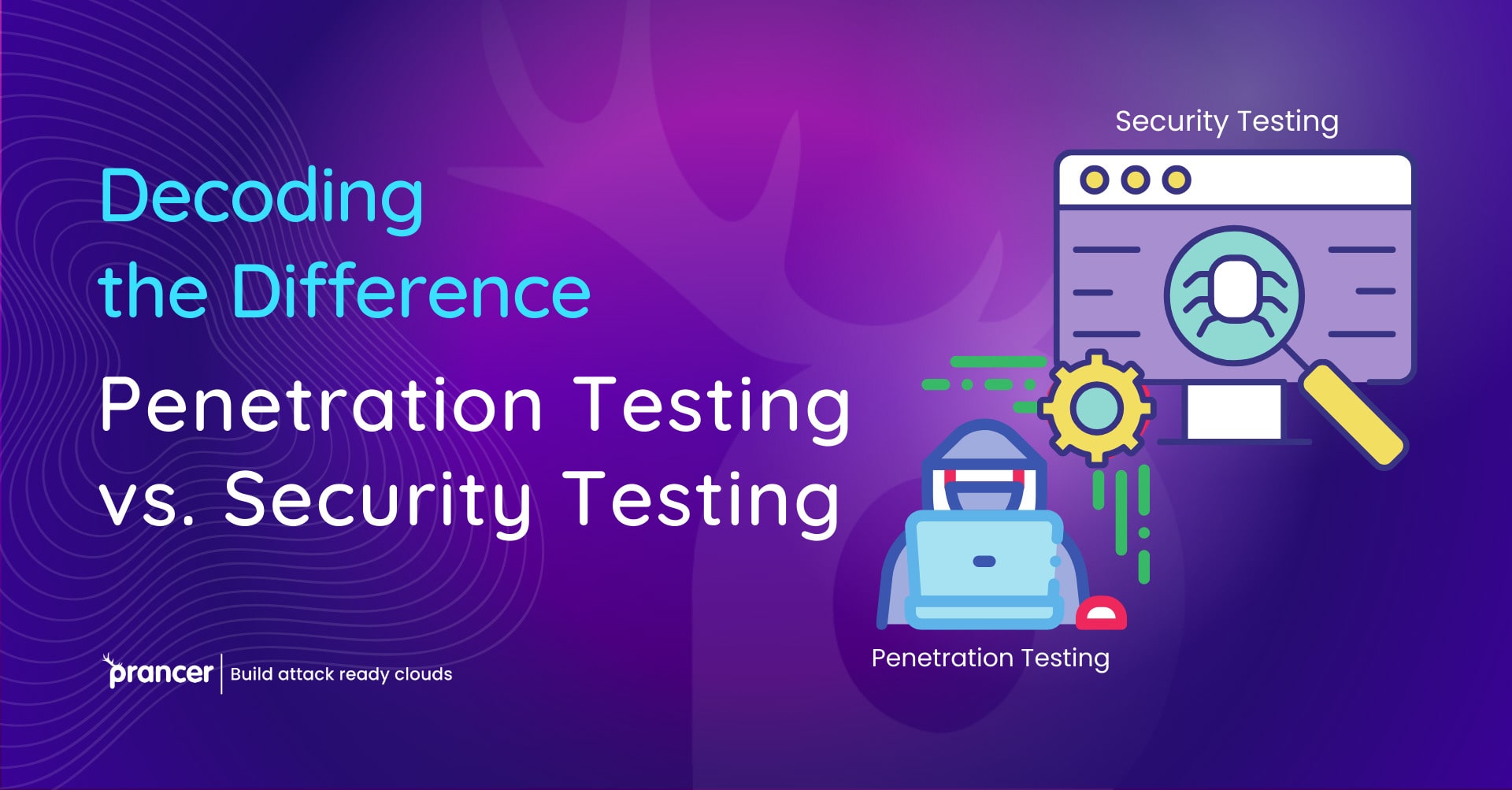




In the modern world, where online dangers exist everywhere, maintaining personal data is a huge challenge. But how exactly do we do it? We secure our digital assets!Two key methods stand out: Introduction to Penetration Testing vs. Security Testing Both may sound as though they have many similarities, but they are ruthlessly and uniquely defined in the arena of cybersecurity. What is this question about? Let’s try to take a closer look into each one of them to see how they differ from each other and to define their functions.
I have learnt that penetration testing alternatively known as pen testing, is an emulated security breach to test the security of a system. It is helpful to view penetration testing as a corporate siege: instead of a villain using a cracker for his or her own purposes, the invasion is intended to reveal areas of vulnerability before the enemy has the chance to enter.
Penetration test is a practical test in which a penetration tester uses various tools and techniques to penetrate into a system/organization. Some of such methods may be similar to that of spyware including network scanning and social engineering method, each resembling actual cyber criminals in action.
There are some advantages of the Penetration Testing techniques. It gives organizations a glimpse of where the system could be vulnerable or the potential weak link on which organizations should look at and address. It also helps in evaluating the efficiency of security control and checking whether the organization is operating according to the industry regulations.
Yet, Penetration Testing does not come without its challenges. It is a static form of security monitoring – it displays the security state at a moment and some vulnerabilities might be unaccounted for. Additionally, it can be very demanding in terms of cost and time requirements – especially for larger systems.
Security Testing, on the other hand, can be defined as a form of Testing that focuses on evaluating several parameters related to the security of a system. It involves a research into all those security aspect that is involved to prevent any unauthorization access and breach of data together with other cyber security problems.
Security Testing comprises different types, including:Security Testing comprises different types, including:
Security Testing: Testing Capabilities and real world application. In doing this, it can find that there are vulnerabilities, misconfigurations or non-compliance with standards which then provides an opportunity to be proactive to mitigate or enhance the system’s immunity to the ever increasing threats and attacks in the cyber space.
Although still having all required advantages, Security Testing also increases certain challenges. It has to be comprehended how computers in the organization are integrated with the applications of the enterprise and the related business processes. Finally, it requires constant considerations and adjustments to achieve effective response to emerging risks and weaknesses.
Penetration Testing and Security Testing share the same mission of protection of the security of computer systems but they are different in the scope of their work as well as in the methods and objectives.
Scope:
Approach:
Objectives:
In the dynamic landscape of cybersecurity, understanding the difference between Penetration Testing vs. Security Testing is crucial. Penetration Testing focuses on pinpointing vulnerabilities through simulated attacks, while Security Testing offers a broader perspective, encompassing various assessments to ensure comprehensive protection. By understanding the differences between the two, organizations can enhance their cybersecurity resilience and stay ahead of emerging threats.
Penetration Testing aims at the detection of flaws within networks and systems through emulated invasions; Security testing on the other hand involves the general assessment of safety in the system through a number of tests.
Penetration Testing is the process in which risks are identified and predefined security mechanisms are tested to encourage organizations to prevent such risks.
Security Testing includes assessing vulnerabilities, auditing systems for security violations, scanning applications for code, and risk analysis for comprehensive protection.
Penetration Testing only helps to assess the current security of an organization and doesn’t help to identify all potential threats. it can be also be very resource consuming.
Security Testing enables individuals to come up with security gaps in an organization thus helping the organization to understand their susceptibility to risks of violating the security controls, policies and configurations.
